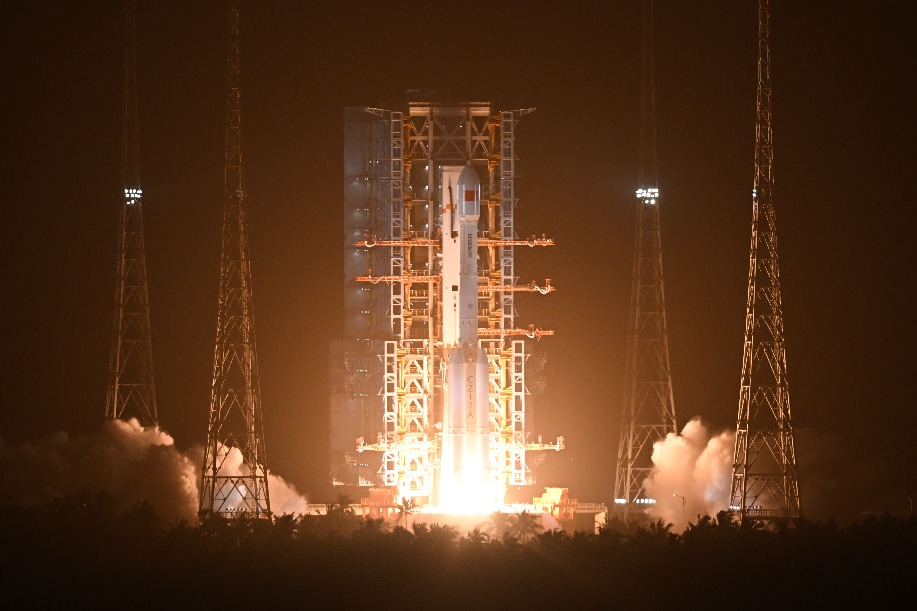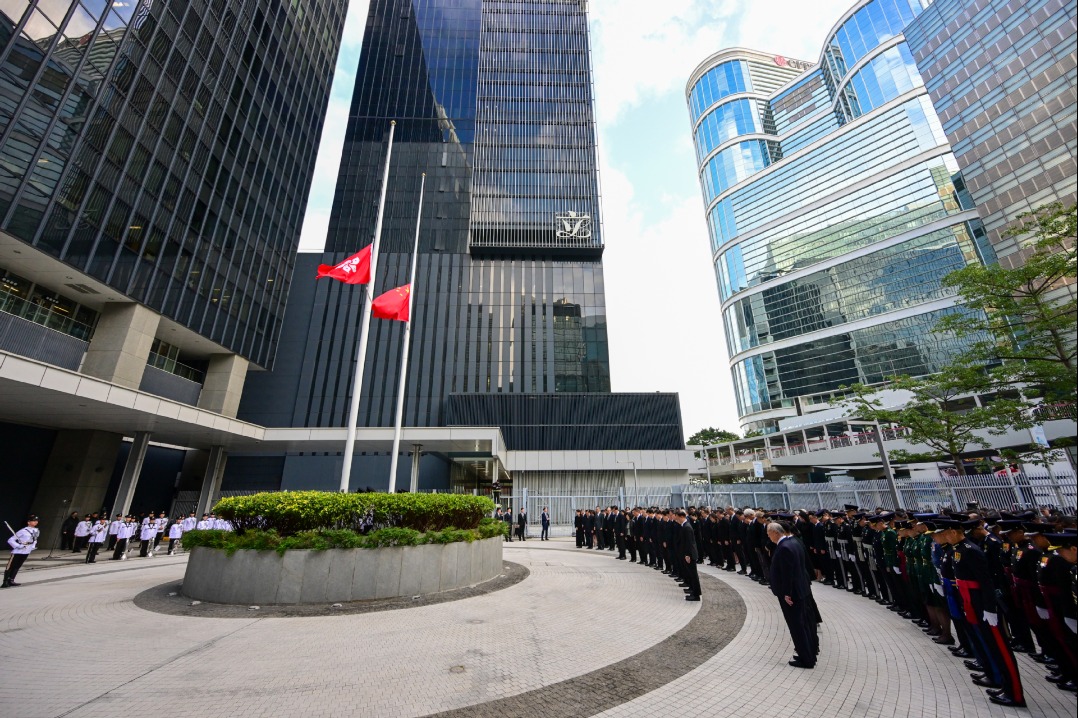Robot drinks stir man vs machine debate


Human advantage
Things also move quicker at Ratio. The robot can make two cups of latte within 90 seconds. A seasoned barista would need at least a minute to make just one cup.
However, aficionados would be quick to point out that this is because the coffee at Ratio comes straight from a fully automatic espresso machine. In contrast, baristas go through a series of tasks, such as dosing the ground coffee into the portafilter, tamping to remove air pockets and ensuring the coffee is completely level, before pulling the shot.
The key difference between the fully automated and manual processes is the quality and flavor of the product, according to Nils Weisensee.
"I've never had good coffee from an automatic espresso vending machine," said Weisensee, the founder of specialty coffee outlet Cafe del Volcan. "I think that when it comes to perfecting the flavor of coffee, it's hard for a machine to be better than humans."
He explained that during the process of making drip coffee, the bloom-the reaction between the coffee grounds and hot water-is different each time and baristas need to react accordingly to ensure that the best flavor is produced.
In addition, the way a barista presses and extracts a shot of espresso depends on air pressure, temperature and humidity, all of which vary during the day. An experienced barista would also be able to improve the flavor by looking at the color and the texture of the crema, or froth, something that machines are not able to do.
"There is no doubt that technology is important in the process of coffee-making. Technology has allowed us to create sophisticated thermometers, weighing scales and water sensors that are crucial to coffee making. But I believe that a human still has to be at the core of the production process," Weisensee said.
























